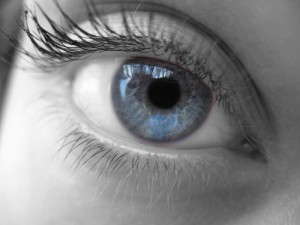Fighting Retinitis Pigmentosa with Gene Therapy
Retinitis Pigmentosa (RP) and other inherited retinal abnormalities are caused by a wide range of defective genes in a body. Several researchers and medical practitioners in ophthalmology around the world are investigating to improve or rectify these faulty genes through a process we know as “gene therapy”.
In its initial stage, animal subjects born with retinal disease (that is similar faulty genes) were used for conducting gene therapy. Successful results and approval from FDA publicised the procedure on humans. That being said, first clinical trial on human was performed back in 2007 in the UK,
Ever since, medical industry has been performing various types of gene therapies with successful outcomes! Most of the radical advancements in gene therapy are being introduced concerning ophthalmology in Dubai, Europe and the USA.
Occurrence of Retinal Pigmentosa
Person inheriting either one or two defected genes may give birth to different forms of retinal pigmentosa (RP). The types of retinal pigmentosa such as inheritance patterns of RP and basic regulations of genetics also matter before defining the course of treatment. The types of this RP are caused by the dual defective genes which mean both paternal and maternal genes are either non-functional or perhaps functional but slowly.
The procedure
Researchers are further digging in the development procedure for replacement of these faulty genes with the fully functional. This is done by vaccination of modified genes into the retina of a harmless vector or virus which then move across the retinal cells. Results have shown normal and improved functioning in the cells which received these genetically modified structures.
Autosomal Dominant Inheritance is far more challenging to treat which is the situation in which the retinal pigmentosa is triggered by a single defective gene. In general scenario, these types of retinal pigmentosa occur either because of faulty gene preventing normal function gene copy also known as ‘dominant-negative’ effect in medical terminology. Or, these defective genes fail to produce active protein thereby insufficient to cater normal needs of the retinal cells which is also known as ‘haploinsufficiency’.
These ‘dominant-negative’ or ‘haploinsufficiency’ must be treated in order for gene therapy to be effective especially for autosomal dominant disease. The faulty version of the ‘dominant-negative’ mechanism needs to be switched-off or that particular gene must be ‘silenced’. It’ll then no longer be harmful to the retinal cells or prevent other genes to perform normal and adequate.
From technical point of view in medical science, this effective and reliable ‘silencing’ is quite challenging however, great achievements came forth over the last five years that has given a ‘good to go’ cue to gene therapy trials for ophthalmology in Dubai and other developing regions.
Situations wherein ‘haploinsufficiency’ is the real problem, therapy is the most straightforward and plausible procedure for replacing the defective gene with normal ones. It can be a likewise procedure to that for the autosomal recessive conditions.
Conclusion
The field of ophthalmology is advancing day by day, presenting new and innovative ways for the permanent treatment of various eye and vision related anomalies.
Article By: Hassaan Javaid

